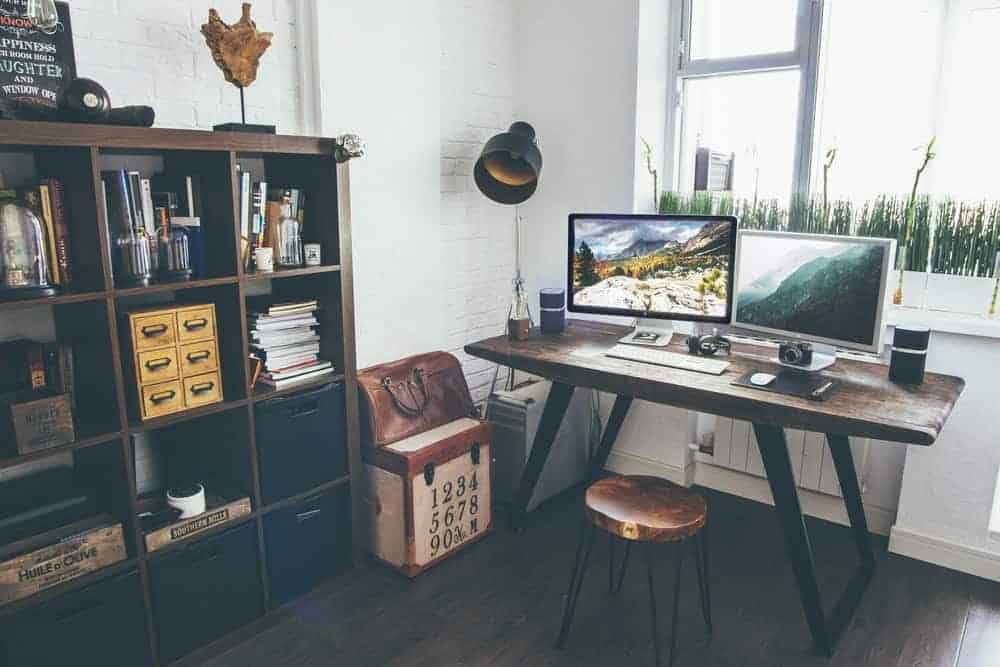
If, like a lot of people, you have been spending a lot more time working from home lately, then you might have noticed that staying productive in your own space isn’t as easy as it might initially seem. (As someone who has worked from home for the better part of a decade, I find I’m struggling with it as well.)
While most people tend to get more productive when they work from home, this is usually after a period of adjustment where they find what does and doesn’t work. Here are some shortcuts to help you get the answer to that conundrum a lot more quickly.
Structure your days
Flexibility with time is one of the most widely lauded advantages of working from home. However, it can be a double-edged sword. Without thorough time management, breaking your day up into work and out-of-work time, they can both blur together. This affects your work-life balance. It not only makes the home harder to work in, but also making it harder to relax in since you’re always (to some degree) “on.”
You may want to give theming your time a try, whether it’s theming your days or theming periods of your days. I’ve found it to be an effective tactic as you learn to set better boundaries and craft your time.
Give yourself your own space
If you’re trying to work in your own bedroom or at the table in the family kitchen, you’re going to have a hard time hitting your stride. Simply put, even being in spaces built for other purposes can be a major distraction. You may decide that it is worth working with residential architects to help you out with this. That way you can extend or build a more purpose-driven workspace.
Your comfort is crucial
Being comfortable isn’t going to make you lazy. It’s going to make sure that you don’t hurt yourself. Working from home usually involves being in front of a computer monitor. As such, you can make sure you don’t cause any injuries by investing in ergonomic furniture that supports your posture and your musculoskeletal health. This can include ergonomic chairs or you can be one of those that invest in a standing desk instead.
I’ve invested in a Fluidstance board to help with this. If you want to learn more about it – along with other movement tactics to help you with your productivity – check out this episode of my podcast.
Take breaks to move around
The sedentary lifestyle is one of the biggest risks of working from home, increasing your chances of hurting yourself and also affecting your mood negatively. To that end, it’s worth investing in a little home gym equipment to help you stay on the move during your breaks. A lot of home workers find that their energy can feel sapped over time and that’s often due to the fact they’re not taking care of themselves as they should physically.
Know when you need a distraction
In general, distraction is something that you want to avoid when working. However, when you take a break, you need to take a break all the way, to get your mind off work so it can be refreshed. As such, it’s a good idea to have a distraction not too far away, such a games room that you can hop into for half an hour before you get back to work. All work and no play makes Jack a dull boy, after all.
Once you get used to it, the benefits of working from home can far outweigh the risks. Just make sure that you accept the fact that it’s a different kind of workspace – one that demands a different kind of attitude to be productive with your work.

